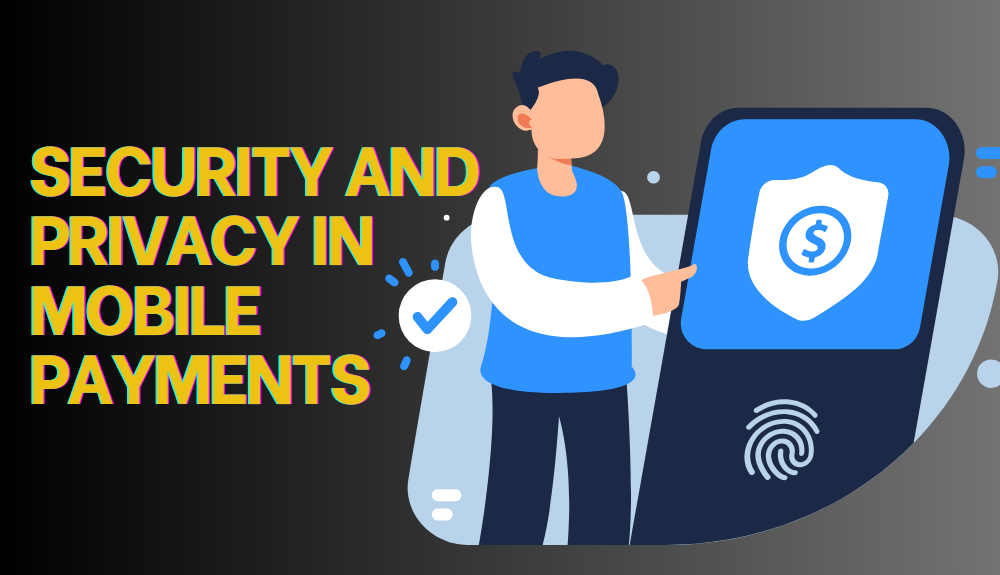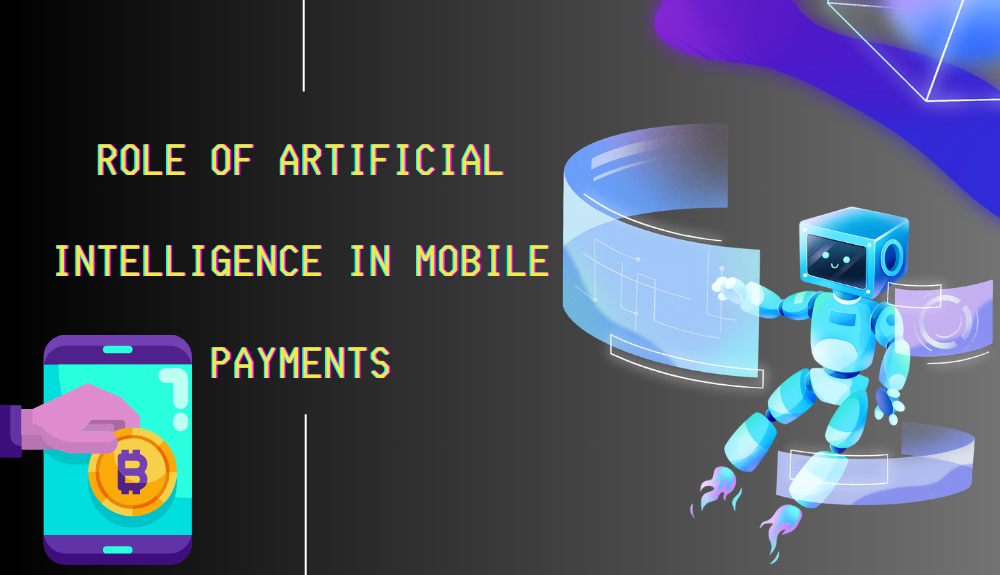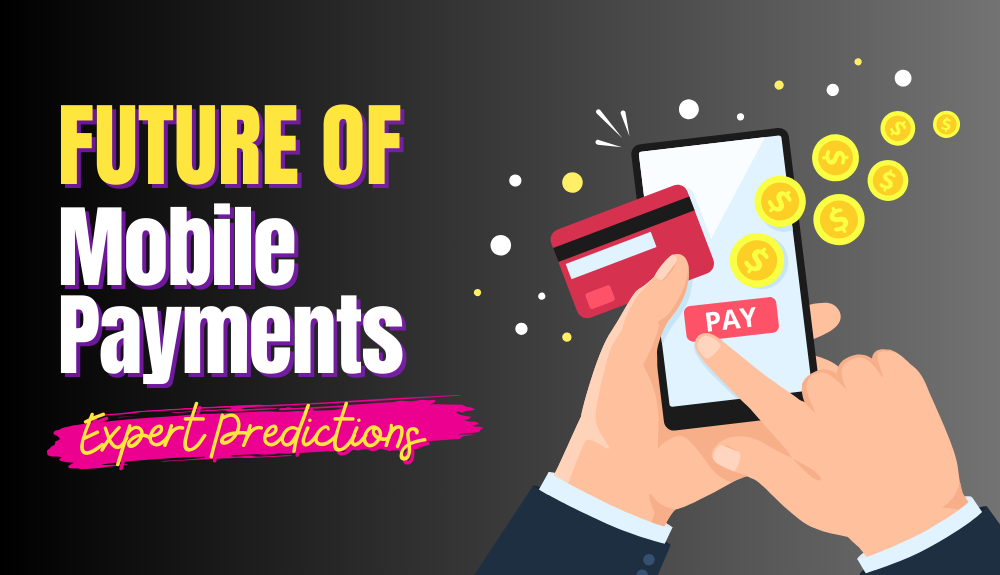The Future of Mobile Payments: Expert Predictions for 2023

Stay Ahead of the Game: Discover the Hottest E Commerce Payment Trends for 2023
November 28, 2023
Breaking Boundaries: The Top Worldwide Payment Trends to Watch in 2023
November 28, 2023Are you ready to step into the future of mobile payments? Imagine a world where financial transactions are seamless, secure, and accessible at your fingertips. In 2023, the landscape of mobile payments is set to evolve, presenting new opportunities and challenges for businesses and consumers alike.
As technology continues to advance at an unprecedented pace, industry experts have been making bold predictions about what lies ahead. In this blog, we will dive deep into the future of mobile payments and explore the insights shared by these experts. From the rise of contactless payments to the integration of blockchain technology, we will uncover the trends shaping the payment industry.
Let’s address some of the burning questions you may have: How will mobile payments revolutionize the way we shop? What impact will biometric authentication have on security? How will cryptocurrencies fit into the payment ecosystem?
But that’s not all. We’ll also discuss the challenges that come with this digital transformation, such as privacy concerns and the need for robust regulations. So fasten your seatbelts and get ready to explore the exciting world of mobile payments in 2023. The future is here, and it’s waiting for you to embrace its potential.
Short Summary
- The landscape of mobile payments is set to evolve in 2023, offering new opportunities and challenges for businesses and consumers.
- Technology advancements such as blockchain, biometric authentication, and contactless payments will shape the future of mobile payments.
- Security and privacy concerns will be addressed, focusing on transaction security, data privacy, and encryption.
- Consumer adoption of mobile payments will play a significant role, with mobile wallets, mobile banking, and mobile payment apps gaining prominence.
- Artificial Intelligence will have a significant impact on mobile payments, aiding in fraud detection and providing personalized recommendations.
1. Evolving Landscape of Mobile Payments
The mobile payments industry has experienced rapid growth and significant evolution in recent years, and experts predict that this trend will continue well into 2023. As technology and consumer behavior continue to evolve, it is essential for businesses to stay up-to-date with the latest trends and developments in the mobile payments landscape. In this section, we will explore some key factors that are shaping the future of mobile payments.
1.1. Increasing Adoption of Mobile Wallets
Mobile wallets, such as Apple Pay, Google Pay, and Samsung Pay, have gained immense popularity among consumers worldwide. These digital platforms allow users to store their credit card information securely and make payments with just a tap on their smartphones. According to industry reports, the global mobile wallet market is expected to reach a staggering $3.1 trillion in transaction value by 2023. This indicates a significant shift towards mobile payments and highlights the growing acceptance and trust in digital payment solutions.
1.2. Integration of Biometric Authentication
Security has always been a concern when it comes to making payments online. To address this issue, mobile payment providers are increasingly integrating biometric authentication methods, such as fingerprint and facial recognition, into their platforms. Biometric authentication not only enhances security but also offers a convenient and seamless user experience. With biometric technology becoming more sophisticated and widely available, experts predict that it will play a crucial role in driving the growth of mobile payments in the coming years.
1.3. Rise of Contactless Payments
The COVID-19 pandemic has accelerated the adoption of contactless payment methods, and this trend is expected to continue in the future. Contactless payments, which use Near Field Communication (NFC) technology, allow customers to make payments by simply tapping their mobile devices or contactless cards on the payment terminal. This technology provides a convenient and hygienic payment solution, eliminating the need for physical contact or exchanging cash. As more merchants and businesses embrace contactless payments, experts predict that it will become the preferred payment method for both in-store and online transactions.
1.4. Integration of Artificial Intelligence (AI) and Machine Learning (ML)
Artificial intelligence and machine learning technologies are revolutionizing various industries, and the mobile payments sector is no exception. These advanced technologies enable mobile payment providers to analyze vast amounts of data, detect patterns, and personalize the payment experience for users. AI and ML algorithms can help identify potential fraudulent activities and enhance transaction security.
2. Technological Advancements Shaping Mobile Payments
In recent years, mobile payments have revolutionized the way we make transactions, offering convenience and security like never before. As we head into the future and approach the year 2023, it is important to understand the technological advancements that will continue to shape the mobile payments landscape.
1. Biometric Authentication: Enhancing Security
Biometric authentication, such as fingerprint and facial recognition, has already been integrated into mobile devices for unlocking screens and authorizing app purchases. In the future, we can expect biometrics to play an even larger role in mobile payments. This technology offers enhanced security, making transactions more secure and reducing the risk of fraud. With biometric authentication, users can make payments with a simple touch or glance, eliminating the need for passwords or PINs.
2. Blockchain Technology: Transforming Trust and Transparency
Blockchain technology has gained significant attention in recent years due to its ability to provide decentralized and transparent transactions. This technology has the potential to revolutionize mobile payments by increasing trust and transparency. With blockchain, transactions can be securely recorded in a decentralized ledger, reducing the reliance on intermediaries and decreasing transaction fees. This technology has the potential to significantly simplify cross-border payments, as it can eliminate the need for multiple intermediaries and streamline the process.
3. Internet of Things (IoT): Connected Devices for Seamless Payments
As the number of connected devices continues to grow, the Internet of Things (IoT) will have a significant impact on mobile payments. IoT devices, such as smartwatches and voice assistants, are already being used for contactless payments. In the future, we can expect more devices to be equipped with the capability to make payments directly. For instance, we may see refrigerators that can automatically reorder groceries and make payments for them. This integration of IoT devices with mobile payments will provide a seamless and convenient experience for users.
4. Artificial Intelligence (AI) and Machine Learning: Personalized Recommendations
Artificial intelligence and machine learning algorithms have the potential to transform the mobile payments industry by providing personalized recommendations and offers. These technologies can analyze user data and behavior patterns to understand individual preferences and make tailored recommendations for products and services. For example, AI algorithms can suggest relevant offers or discounts based on a user’s past purchase history. This level of personalization can enhance the user experience and promote customer loyalty.
5. Contactless Payments: Moving Beyond NFC
While near-field communication (NFC) has been the standard for contactless payments, new technologies are emerging.
3. Security and Privacy in Mobile Payments

In an increasingly digital world, security and privacy have become vital considerations for consumers engaging in mobile payment transactions. The rise in mobile payment options has provided convenience and flexibility, but it has also raised concerns about the safety of personal and financial information. As experts delve into the future of mobile payments in 2023, the focus on security and privacy remains paramount.
1. Enhanced Authentication Methods
To combat potential security threats, industry experts predict the widespread adoption of enhanced authentication methods in mobile payments. Biometric authentication, such as fingerprint or facial recognition, is expected to become a standard feature to verify users’ identities. This additional layer of security can significantly mitigate the risk of unauthorized access and fraud.
💡 key Takeaway: Enhanced authentication methods, like biometric verification, are expected to become prevalent in mobile payments, ensuring secure access to users’ personal and financial information.
4. Consumer Adoption of Mobile Payments
With the rapid advancement of technology, consumer adoption of mobile payments has become increasingly prevalent in recent years. As experts predict for 2023, this trend is expected to continue growing, transforming the way consumers make payments and interact with businesses.
1. Rise in Mobile Wallet Usage:
According to a study by eMarketer, the number of mobile wallet users is projected to reach 2.8 billion by 2023, highlighting the widespread adoption of this convenient payment method.
The ease of use, security features, and seamless integration with smartphones make mobile wallets an attractive option for consumers.
2. Security and Trust:
One of the key factors influencing consumer adoption of mobile payments is the assurance of security and trust in these digital transactions.
As highlighted by Google’s E-A-T guidelines, building trustworthiness is crucial for businesses offering mobile payment solutions. Ensuring secure and encrypted transactions, implementing robust authentication measures, and addressing privacy concerns will be essential to gain consumer trust.
3. Contactless Payments:
The global COVID-19 pandemic accelerated the adoption of contactless payments, and this trend is expected to continue into 2023.
Consumers are increasingly opting for tap-and-go payments using near-field communication (NFC) technology, which allows for quick and secure transactions without physical contact.
Businesses should emphasize the convenience and safety of contactless payments to encourage adoption among their customers.
4. Omni-Channel Integration:
To cater to diverse consumer preferences, businesses should focus on providing a seamless omni-channel experience for mobile payments.
This involves integrating mobile payment options across various touchpoints such as e-commerce platforms, brick-and-mortar stores, and mobile apps to meet customers’ expectations for convenience and flexibility.
5. Developing Markets:
As mobile technology continues to penetrate emerging markets, the potential for mobile payment adoption is immense.
By offering localized solutions, targeting smartphone penetration, and addressing infrastructure challenges, businesses can tap into the growing consumer base in these regions.
6. Partnerships and Collaboration:
Collaboration between payment providers, financial institutions, and technology companies will play a crucial role in driving consumer adoption of mobile payments.
Partnerships can help overcome barriers such as interoperability, security concerns, and interoperability, promoting a unified approach to mobile payment solutions.
💡 key Takeaway: Consumer adoption of mobile payments is set to increase in 2023, driven by the rise.
5. Role of Artificial Intelligence in Mobile Payments

Artificial Intelligence (AI) has become a game-changer in various industries, and the world of mobile payments is no exception. With its ability to analyze vast amounts of data and make informed decisions, AI is revolutionizing the way we make payments through our mobile devices. Here we explore the role of AI in mobile payments and how it is shaping the future.
1. Fraud Detection and Prevention
AI algorithms are highly effective in detecting and preventing fraud in mobile payments. By analyzing user behavior patterns, transaction history, and other contextual data, AI-powered systems can identify suspicious activities in real-time. This not only protects consumers from fraudulent transactions but also saves businesses from potential losses.
2. Personalized User Experience
AI enables mobile payment apps to offer personalized experiences to users by analyzing their spending habits, preferences, and transaction history. By understanding user behavior, AI algorithms can suggest relevant offers, discounts, and promotions tailored to each individual user. This enhances user engagement and builds customer loyalty in a highly competitive mobile payments market.
3. Intelligent Virtual Assistants for Customer Support
AI-powered virtual assistants, such as chatbots, are revolutionizing customer support in the mobile payments industry. These intelligent bots can provide instant assistance, answer queries, and guide users through the payment process. With AI’s natural language processing capabilities, virtual assistants can understand user queries in real-time and provide accurate and relevant responses, enhancing customer satisfaction.
4. Enhanced Security and Authentication
AI technology plays a vital role in enhancing the security and authentication mechanisms of mobile payments. With advanced biometric authentication methods, such as facial recognition and fingerprint scanning, AI ensures secure and convenient transactions. AI algorithms continuously learn and adapt to new security threats, making it increasingly difficult for fraudsters to breach the system.
5. Predictive Analytics for Customer Insights
AI-driven predictive analytics enables businesses to gain valuable insights into consumer behavior and preferences. By analyzing vast amounts of data, AI algorithms can identify trends, patterns, and correlations that help businesses make informed decisions. This data-driven approach allows mobile payment providers to offer tailored services, improve customer satisfaction, and drive business growth.
6. Seamless Integration of Payment Services
AI-powered platforms are facilitating seamless integration of various payment services, making it easier for users to access multiple payment options through a single mobile app. By leveraging AI’s capabilities, mobile payment providers can offer a unified user experience, streamlining the payment process and making it more convenient and efficient for users.
Conclusion
In conclusion, the future of mobile payments looks incredibly promising, with experts predicting significant advancements over the next few years. From the ever-growing popularity of digital wallets to the rise of contactless payments, the convenience and security of mobile payments continue to evolve. One key prediction is the increasing integration of biometric authentication, such as facial recognition and fingerprint scanning, ensuring secure and seamless transactions. Another trend that experts foresee is the expansion of peer-to-peer payments, allowing individuals to effortlessly send and receive money directly through their mobile devices. Furthermore, as technology continues to advance, the development of more advanced mobile payment solutions, such as wearables and voice-activated payments, is on the horizon.




